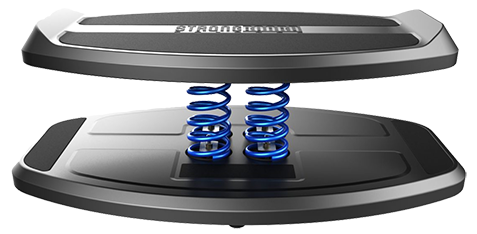Ditch your crunches for this effective abdominal exercise that will work your obliques, shoulders, and core. This is an advanced exercise and should be performed on a stable surface prior to using StrongBoard Balance board. This exercise is primarily for the obliques and shoulders, but will also work the entire core musculature, along with the serratus anterior and Scapulothoracic region.
Featuring Mike Curry, ACE CPT, CES, and SBB Inventor, StrongBoardBalance.com
IG: @strongboardbalance
FB: @strongboard
TW: @strongboard
Steps
1. Start by holding a GripBell with both hands as you step onto the StrongBoard Balance platform. Be sure your feet are furthest from the fulcrum (springs), resting against the platform handles.
2. Keep your chest up, shoulders in your back pockets, knees slightly bent, and abs braced.
3. Holding the GripBell with both hands, begin rotating from the torso as you lower yourself into a squat position and bring the GripBell down to your right side at a 45-60 degree angle. Be sure to keep the hips as square as possible. Most of your rotation should come from your obliques.
4. Keeping the spine erect, bring the GripBell back up and across the chest to the left side, lifting up at a 45-60 degree angle as you come back to standing position.
5. Repeat for the desired amount of repetitions.
6. Switch sides and repeat steps 1-6.
7. Repeat for the desired amount of sets.
Tips
Keep a slight bend in the knees when standing on the platform. Be sure to exhale on effort. For additional challenge, you can use a heavier GripBell. Be sure to follow the rotation with your head/eyes. This will bring in your vestibular system and change the reaction of the springs. This exercise can also be performed with a medicine ball or dumbbell.

StrongBoard Balance utilizes MULTI SPRING TECHNOLOGY™ that works with your body to deliver the perfect amount of stimulation to keep your core musculature and stabilizing muscles engaged and contracted, while training your central nervous system, improving posture, proprioception and reaction time.



